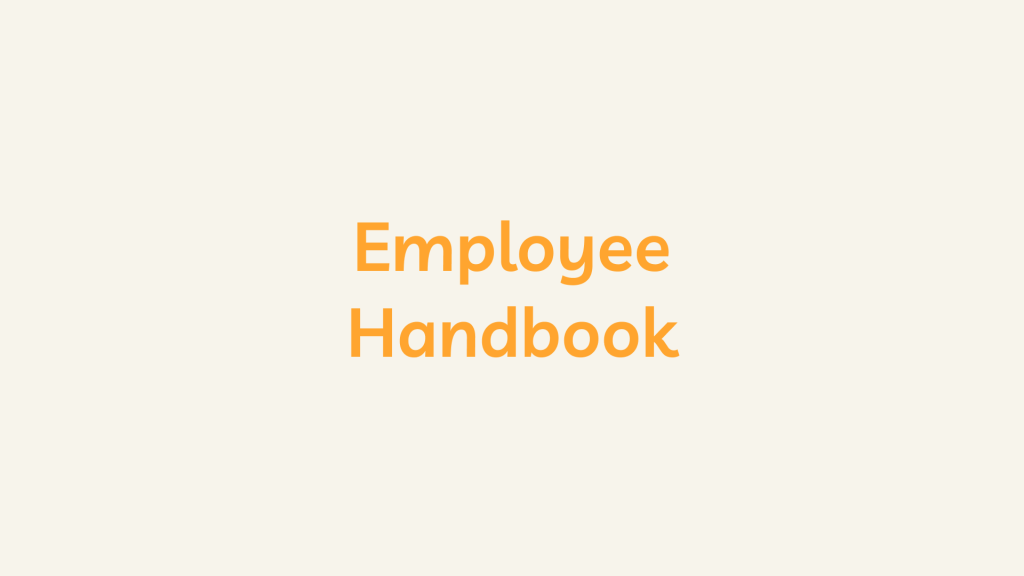What is an Employee Handbook?
An Employee Handbook is a comprehensive document that outlines the policies, procedures, and guidelines that govern an organization’s relationship with its employees. It serves as a guidebook for employees, providing them with information about the company’s culture, values, and expectations. In this article, we’ll discuss the key elements of an employee handbook and why it’s important for employers to have one in place.
Introduction and Company Overview
The employee handbook should begin with an introduction and overview of the company, including its mission statement, history, and values. This section sets the tone for the rest of the document and helps employees understand the organization’s culture and goals.
Employment Policies and Procedures
The handbook should provide information about the company’s employment policies and procedures, including the hiring process, performance management, and termination policies. This section should also include information about employee classifications, compensation and benefits, and time off policies.
Code of Conduct and Ethics
The employee handbook should outline the company’s code of conduct and ethics, including expectations for behavior and interactions with colleagues, customers, and vendors. This section should also include information about anti-discrimination and harassment policies and guidelines for using company resources and technology.
Health and Safety Policies
The handbook should include information about the company’s health and safety policies, including guidelines for workplace safety, emergency procedures, and reporting accidents or injuries. This section should also include information about the company’s drug and alcohol policies and any available wellness programs to employees.
Employee Rights and Responsibilities
The employee handbook should outline the rights and responsibilities of employees, including their right to a safe and respectful workplace, the company’s expectations for attendance and punctuality, and guidelines for maintaining confidential information. This section should also include information about the employee’s responsibility to report any violations of company policies or unethical behavior.
Acknowledgment of Receipt and Agreement
It’s important for employers to require employees to sign an acknowledgment of receipt and agreement, indicating that they have read and understood the contents of the employee handbook. This helps protect the employer from disputes or misunderstandings and ensures that employees know their rights and responsibilities.
In conclusion, an employee handbook is essential for employers to communicate their policies, procedures, and expectations to their employees. A clear and comprehensive employee handbook can help prevent misunderstandings, promote a positive and productive work environment, and protect the employer from legal disputes. Employers should regularly review and update their employee handbooks to ensure that they reflect current laws and regulations and the organization’s evolving culture and values.
